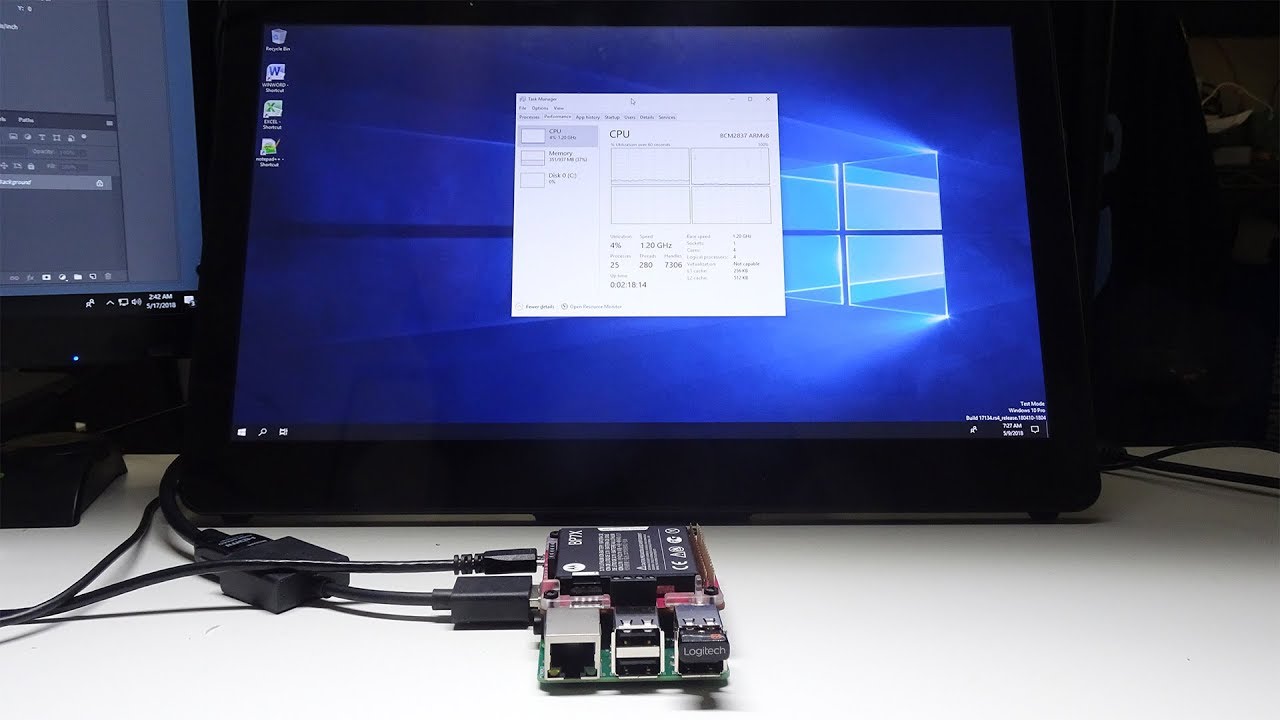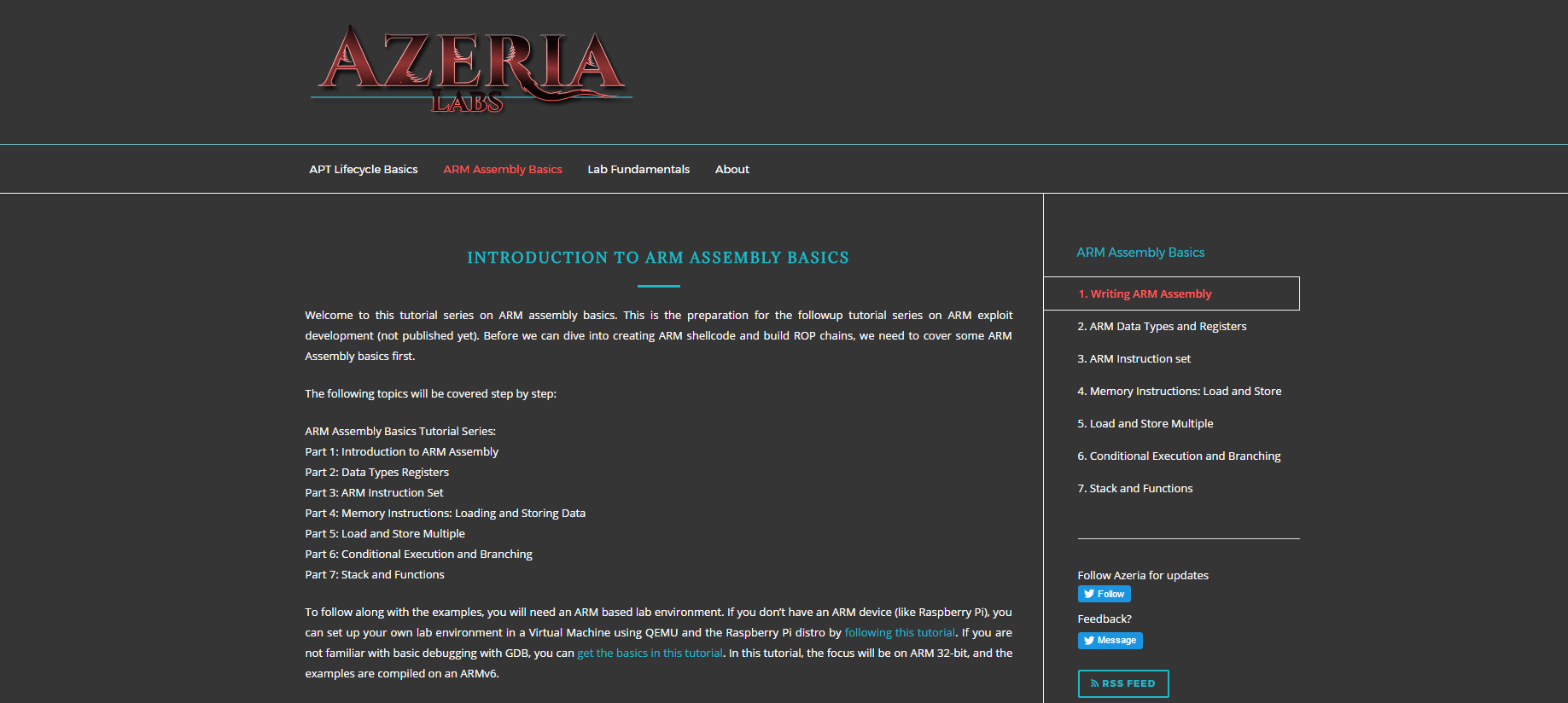

- #Raspberry pi arm emulator 64 Bit#
- #Raspberry pi arm emulator code#
- #Raspberry pi arm emulator windows#
Alternatively, there is the Freestanding version, which is what we are using here. Hosted means that there is a C standard library and other useful runtime features. If you have done C or C++ programming in user-space, you have used a so-called Hosted Environment. It is also possible to use other languages such as C++. So far we have written the bootstrap assembly stub that sets up the processor such that high level languages such as C can be used.
#Raspberry pi arm emulator code#
Note that the code avoids using r0-r2 so the remain valid for the kernel_main call.Īarch64-elf-as -c boot.S -o boot.o Implementing the Kernel The code initializes a minimum C environment, which means having a stack and zeroing the BSS segment, before calling the kernel_main function. The section ".text.boot" will be used in the linker script to place the boot.S as the very first thing in our kernel image. preserve these registers as argument for kernel_main r15 -> should begin execution at 0x8000. To keep this in the first portion of the binary. The environment is set up and execution to _start transferred from armstub.s. Within a mode, you can detect the board in run-time, and set up mmio base address accordingly.

The latter only accessible from Pi 3 and upwards. In general, you must distinguish AArch32 and AArch64 mode, as they are booted differently. This assembler integrates very well with the rest of the GNU toolchain.Įach Pi Model requires different set up. In this example, we are using the GNU assembler, which is part of the cross-compiler toolchain you built earlier. We will now create a file called boot.S and discuss its contents. linker.ld - for linking the above files.boot.S - kernel entry point that sets up the processor environment.In this simple case, we just need three input files: It doesn't serve as a recommend skeleton for project structure, but rather as an example of a minimal kernel. This tutorial provides a minimal solution for creating an operating system. Using elf is not mandatory, but simplifies things.īy now, you should have set up your cross-compiler for the proper ABI (as described above). This provides the same System V ABI interface, but for 64 bit.
#Raspberry pi arm emulator 64 Bit#
If you want a 64 bit kernel, you should set up aarch64-elf target instead.

You will not be able to correctly compile your operating system without a cross-compiler. You have not yet modified your compiler to know about the existence of your operating system, so we use a generic target called arm-none-eabi, which provides you with a toolchain targeting the System V ABI. The first thing you should do is set up a GCC Cross-Compiler for arm-none-eabi.
#Raspberry pi arm emulator windows#
Windows users should be able to complete it from a MinGW or Cygwin environment.īuilding a Cross-Compiler Main article: GCC Cross-Compiler, Why do I need a Cross Compiler? This article assumes you are using a Unix-like operating system such as Linux which supports operating systems development well. This is a process known as cross-compiling and this makes the first step in operating systems development. Today, we simply need to set up a system that can compile your operating system from an existing operating system. This is a process known as bootstrapping or going self-hosted. Perhaps one day, your new operating system can be developed under itself. You are about to begin development of a new operating system.



 0 kommentar(er)
0 kommentar(er)
